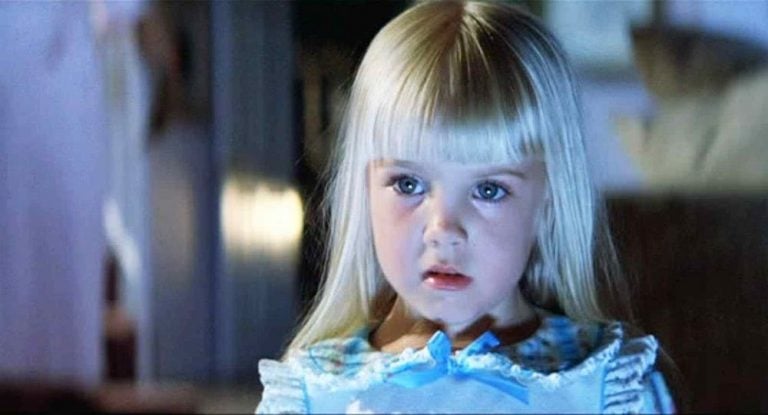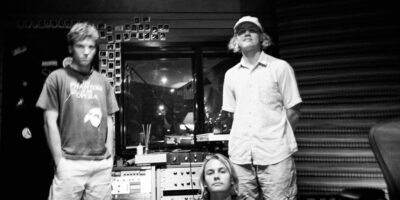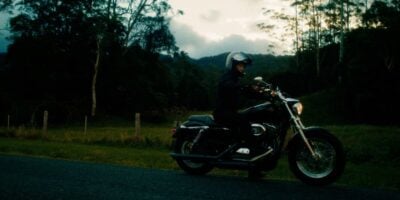In 2015, Metro Goldwyn Mayer dutifully trotted out Poltergeist, a remake of the 1982 box-office smash, and every film critic worth their salt rushed to draw the same analogy – for a movie focused solely on the occupants of a haunted house, despite being competent and creepy, the film was remarkably lacking in spirit.
Unsurprisingly, the film is barely remembered two years on; it was little more than a paycheck for Sam Rockwell and the folks over at Ghost House Pictures. If any notion of a sequel was forthcoming, it’s since been buried under the landslide of Conjurings, Saws, Insidious spinoffs, and Witches Blair. Even Leatherface is coming back this year for another round of Halloween hell.
The vast majority of these marquee productions from Blumhouse or Lionsgate merely retread the well-worn steps of field-tested intellectual property. Production studios cottoned on to the high grossing capabilities of horror decades ago, and have been grinding out increasingly vapid franchise entries and reworks ever since.
But all of them, even James Wan’s best efforts, lack something essential that defined the first Poltergeist. And if you’re the poor unfortunate soul that hasn’t yet seen the film, your view of horror cinema – perhaps even of the blockbuster industry as a whole – may be completely upended by its introduction into your life.
Poltergeist opens with the United States anthem, the nightly sign-off for ’80s television programming, before introducing us to the Freelings, the perfect nuclear family in the perfect home in the perfect suburb of Orange County, California. They are the American dream writ into flesh – successful, happy and profoundly “normal” by the standards of the day. When we meet them, the family are asleep, and we’re given a tour of the house by E Buzz, their golden retriever, who steals food from every bedroom.
Even James Wan’s best efforts lack something essential that defined the first Poltergeist.
Love Music?
Get your daily dose of metal, rock, indie, pop, and everything else in between.
It’s a beautiful opening that quickly establishes the family dynamic and the geography of the household, while putting humour and heart front and centre. The film is characteristic in this way of writer/producer Steven Spielberg – it’s an unapologetic rollercoaster ride filled with thrills, chills, and adventure. His characters are worthy of the audience’s love and concern: sure, the parents might light a joint together to relax, but they’re kind and attentive, and the kids somehow manage the near impossible task of not grating on the audience.
That’s what separates the 1982 film from the 2015 adaptation and its peers – it eschews the cynicism of the slasher and seeks your emotional investment. The last thing you would want is for the Freelings to suffer.
What follows is not a perfunctory series of jump scares, but a frightening and exciting journey into the inexplicable. After youngest daughter Carol Anne begins talking to “the TV people” through the television set, things in the Freeling home start moving by themselves – amusingly at first, until soon the entire house is engulfed in a spectral storm and Carol Anne is whisked away into another realm.
Restrained as it is, a PG-13 “horror” movie was a dangerous play for Spielberg, and besides, his contract for ET: The Extra Terrestrial, shot simultaneously, prevented him from directing it. So the wild card was played and the radical Tobe Hooper was brought in, eight years on from shocking America with The Texas Chain Saw Massacre, and a confusing creative relationship was born.
Yet ultimately, whomever was responsible for Poltergeist moment to moment isn’t important (there have been arguments whether Spielberg, a frequent presence on set, secretly helmed the film himself). Poltergeist is the kind of film every aspiring young horror filmmaker should be shown. Actually, scratch that: it’s the kind of film every filmmaker should watch, whether they’re interested in horror or not. It’s proof that blockbuster cinema can be made with integrity and authenticity.
While it employed a significant budget, Poltergeist relied on the mundanity of the family home to terrify its audience. It blended Industrial Light And Magic’s computer technology with grotesque and compelling practical effects that still hit home (the notorious face-peeling moment must have been Hooper’s input).
But most importantly, it employed the Freelings, who were just like everyone watching – regular ol’ Americans who might slug from a hip flask when they need to feel brave, or let slip their carnal knowledge in front of their parents, or have their first child at 16, or get caught attempting to flush a dead pet down the toilet. They were not loose teens or vicious animals, nor were they lambs to the slaughter; they were real people in unreal circumstances.
There have been arguments whether Spielberg, a frequent presence on set, secretly helmed the film himself
Great genre filmmakers don’t simply reference the tropes of genre – they speak to the times, pairing allegory with entertainment. We haven’t irrevocably lost this form of storytelling, but the fashion has waned in the face of cynicism, replication and over-seriousness. Filmmakers of Spielberg and Hooper’s calibre are few and far between, and while we wade through endless re-imaginings of the once successful, we fail to find their like.
I say this not with bitterness or resignation, but with the genuine hope that the filmmakers of tomorrow heed Poltergeist’s lessons. To be truly memorable, the haunted house cannot simply be a succession of pranks – it needs a beating heart.

































